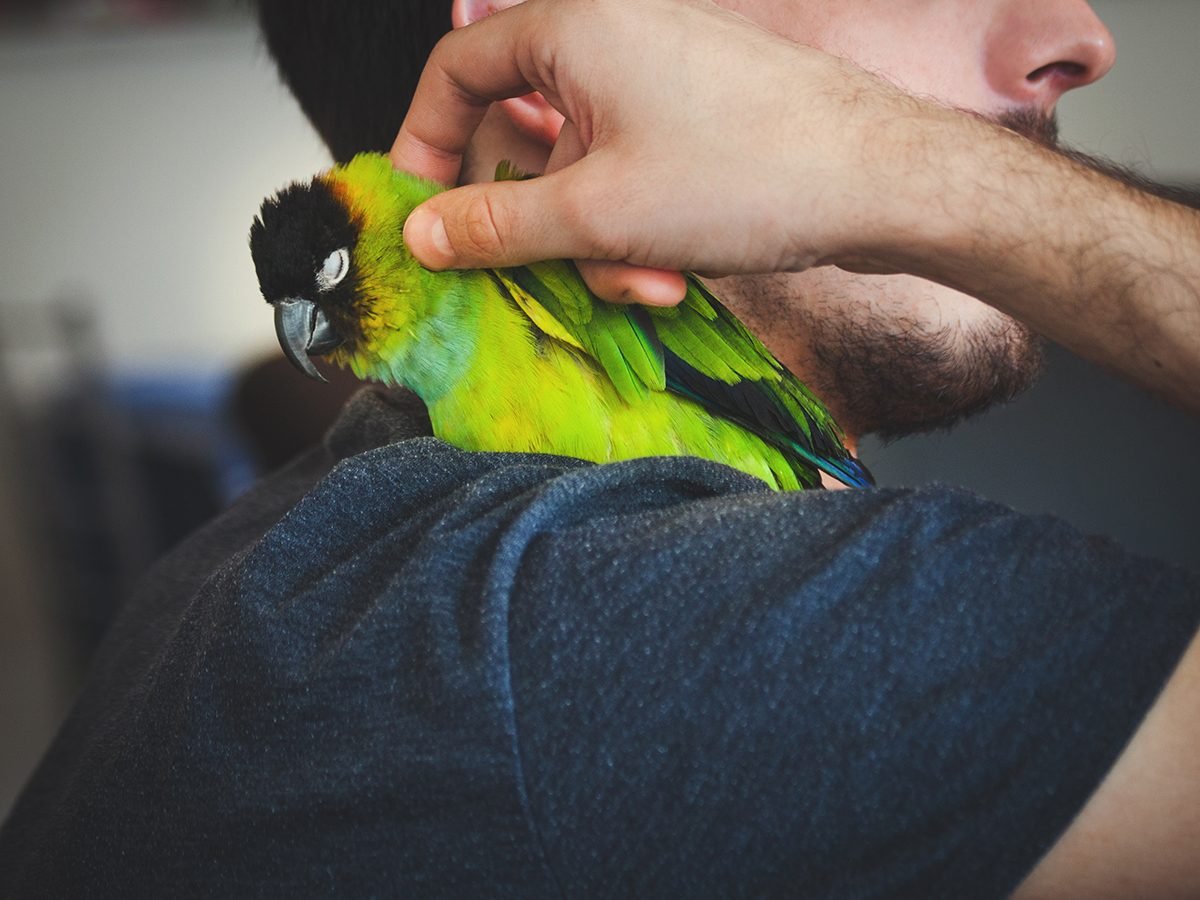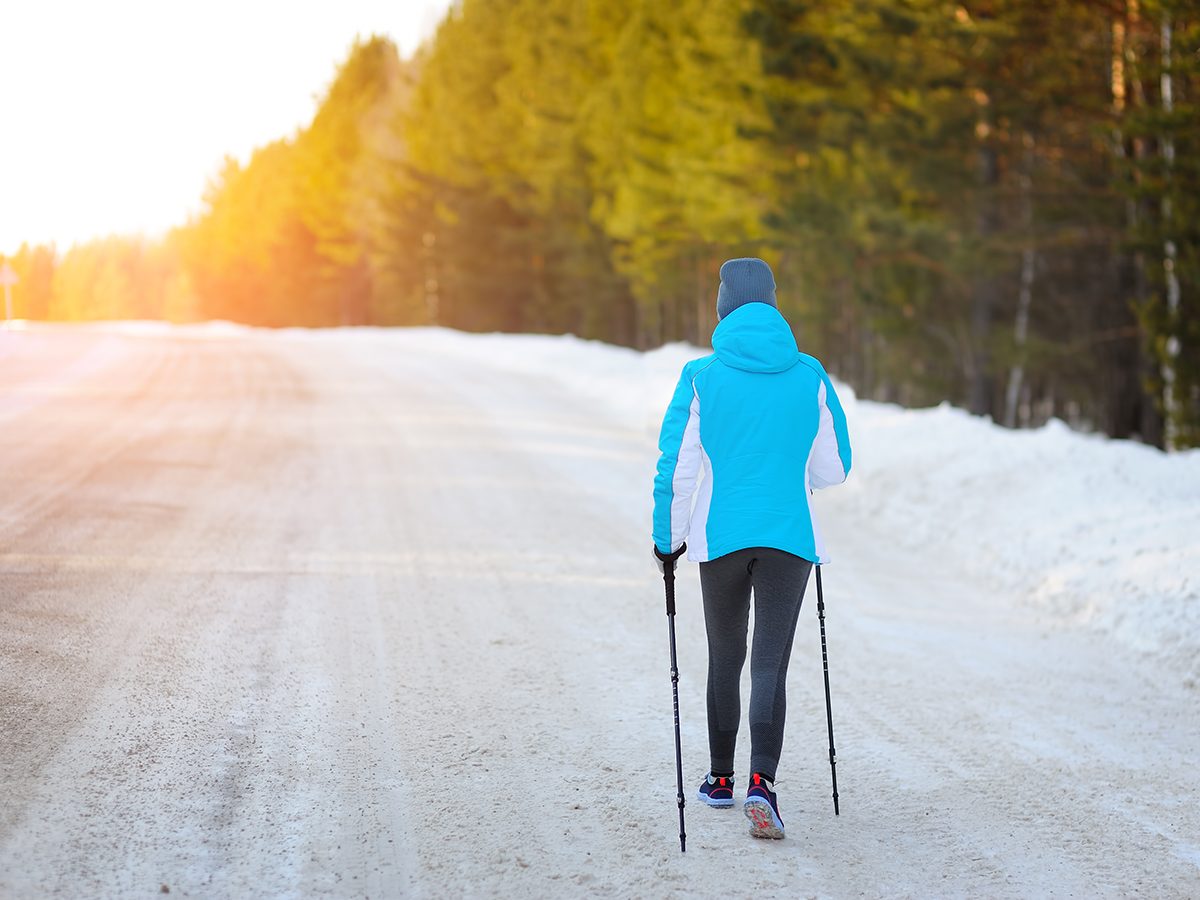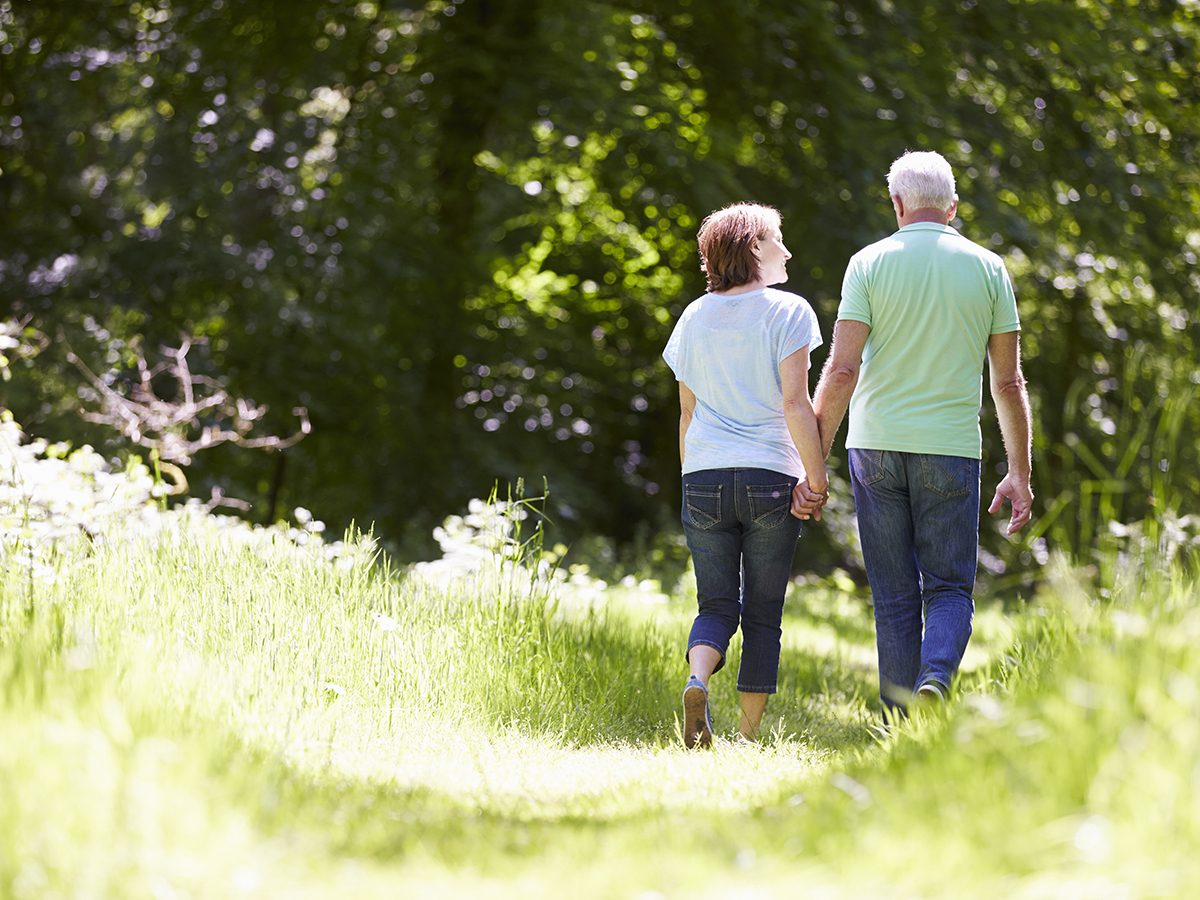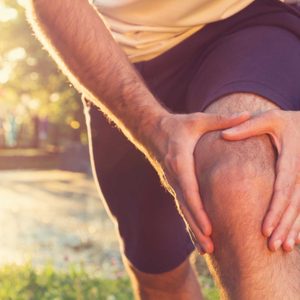How Does Your Home’s Indoor Temperature Affect Your Pets?
Just like you, your pets become acclimated to the temperature you keep your home in summer and winter. Overweight pets or animals with heavy fur coats might be more bothered by warm indoor temperatures, and small, short-haired or hairless breeds will be colder in the winter. But for the most part, if you’re comfortable, your pet is comfortable.
Things are a little more complicated if you raise or lower the thermostat when you’re not at home, as many of us do to save money. While keeping your house 10 degrees warmer or cooler during the day might save on your utility bill, your pets may suffer as a result.
An overheated dog or cat can suffer from heat exhaustion and possibly even die of heatstroke. Indoor temperatures will rarely dip low enough to be fatal to a cat or dog. But cold temps can make your pet uncomfortable, stressed or lethargic.
Let’s take a look at safe temperature ranges for dogs, cats and other pets. (While you’re at it, this is the best temperature to set everything in your home to.)

Best House Temperatures for Dogs
Indoor temperatures in the summer should be what you’re probably used to—between 23 degrees C and 25 C. When you leave the house never set the thermostat higher than 27 degrees, and always provide lots of fresh water for your dog. Dogs with heavy coats also appreciate access to a cool tile or cement floor. (These are the most popular dog breeds in Canada.)
In the winter, 20 C to 22 C is comfortable for you and your dog. Don’t set the thermostat lower than 15 C when you’re gone. Give puppies, older dogs, small short-haired dogs and less healthy dogs a warm bed or an extra blanket on the couch. And make sure the blinds or curtains are open so they can lay in their favourite sunny spot. (Look out for the ways your dog may be asking for help.)

Best House Temperatures for Cats
Cats can tolerate warmer indoor temperatures, up to 30 C to 31 C. That’s uncomfortably warm for us but fine for them when you’re away at work all day, especially when the cat has fresh water available. Temperatures below 21 C will make it hard for a cat to maintain its natural body temperature, so turning the thermostat much below that in winter is not advised.
For older cats, kittens and hairless or short-haired breeds, consider investing in a heating pad specifically designed for pets. All About Cats Veterinary Hospital in Kirkland, Wash. warns to never to use a human heating pad for an animal, who might chew the cord and electrocute themselves. (Watch out for the signs it’s time to take your cat to the vet.)

Best House Temperatures for Birds
Since most pet birds are tropical, they cannot tolerate low indoor temperatures. A cold bird will fluff its feathers, tuck its beak under a wing and sit down on its legs to try to keep warm. Year-round, indoor temperatures of 18 C and 29 C are best for your feathered friends.
Birds will eat more in the winter to keep their body temperature up, so make sure they have plenty of food at all times. They’ll also appreciate a blanket over their cage at night. (Check out our gallery of adorable pets from across Canada.)
Best House Temperatures for Fish
For most tropical fish, the water in the fish tank needs to be between 24 C and 26 C because they are sensitive to even the slightest temperature change. Even in a home where the thermostat is at 25 C in the summertime, you’ll probably need a heater in the tank to maintain a constant temperature. (This is the best pet for you, based on your zodiac.)

Best House Temperatures for Exotic Pets
Small mammals: According to the University of Miami Department of Biology, domestic rabbits cannot handle temperatures higher than 25 C. So if you keep a pet rabbit, there’s no turning up the thermostat while you’re away for the day in the summer. Bunnies can handle cooler temperatures, so feel free to turn the thermostat down in the winter. Hamsters and gerbils, on the other hand, can’t tolerate temperatures below 18 C or higher than 23 C.
Tortoises and aquatic turtles: PetSmart says that land-based turtles (tortoises) need a range of temperatures in their habitat, from a low of 18 C up to around 21 or 26 during the day, plus a “hot zone” where they can bask in temperatures up to 37 C to 40 C. Turtles that spend most of their lives in the water need a constant water temperature of 23 C to 30 C. That means they need a water heater, even in the summer.
Snakes and iguanas: Your reptilian friends need temperatures between 21 C and 29 C in their enclosures. Most require a basking area—typically created with a heat lamp or radiant heat panel—where they can soak up some heat for a few hours a day.
Next, check out these ways to help your pet live longer.
As COVID-19 continues to sweep across the country, several regions have returned to a state of lockdown, with residents in those regions only leaving the house for essential errands like a trip to the grocery store or doctor. Those self-quarantine efforts are helping reduce the spread COVID-19, but is all that time spent social distancing, staying indoors and avoiding people actually weakening our immunity? Despite what you may have heard, the short answer is no, says Sten Vermund, MD, dean of the Yale School of Public Health, New Haven, Connecticut.
Initially, there was concern that by limiting exposure to germs, people might set themselves up for other illnesses when lockdowns were lifted. But, a few months of lockdown is not likely to have dramatic effects on your immune system’s strength, according to Dr. Vermund. Nonetheless, you can still take steps to make sure your immune system is primed, especially as we enter cold and flu season.
The hygiene hypothesis
The concern about a weakened immune system started off as an offshoot of the hygiene hypothesis, which states that individuals who are exposed to a variety of germs in childhood build better immunity. Young children who have early exposure to different types of germs are less likely to develop allergies and other diseases when compared with children who grow up in sterile, clean environments.
But this hypothesis can’t really be applied to a few months of lockdown during a pandemic, Dr. Vermund explains. “If you are 30, your immune system has been battling invaders for 29-plus years, and four months of lockdown and a home-based lifestyle won’t make a difference. Your immune system is built over a lifetime of exposure,” he says. “Four months of being relatively isolated is not going to harm you because of lack of exposure to pathogens, as you have been exposed for your whole life.”
Newborns and toddlers won’t face long-term repercussions from lockdown on their immune systems either. “This is just a small delay in that child’s natural exposure, and the child will make up for lost time once they are exposed to germs,” Vermund adds.
“We don’t need constant bombardment with viruses to keep our immune system going,” agrees Len Horovitz, MD, pulmonary specialist, Lenox Hill Hospital, New York City.
Higher levels of body inflammation
That said, there are some ways that lockdown and the isolation it requires can put dents in your immune system, Dr. Horovitz says. In an analysis of 30 studies, published in May in Neuroscience & Biobehavioral Reviews, researchers found that social isolation and loneliness are linked with higher levels of inflammation in the body. Inflammation can cause or worsen a host of diseases and conditions. In this study, social isolation was associated with the presence of C-reactive protein, an inflammatory marker, and higher levels of fibrinogen, which, in excess, can increase the risk that a blood clot blocks a vein. This can obstruct blood flow and causing a heart attack or stroke, among other complications. In addition, loneliness was linked to higher levels of another inflammatory protein known as interleukin-6. Still, the researchers note, more research is needed to confirm these findings.
Mental illness may exacerbate preexisting conditions
Stress, anxiety, depression and loneliness make everything worse, Dr. Horovitz explains. “COPD [chronic obstructive pulmonary disease] and heart disease patients who are depressed, don’t have the same outcomes as those who are not depressed,” he says. “More anxiety and depression will give you a worse course of whatever disease state you are experiencing.” What’s more, COVID-19-related stress and anxiety may raise broken heart syndrome risk, which can mimic the symptoms of a heart attack.
Tips to boost your immune system
If you are depressed and socially isolated, you may not do the things you know you should do to stay healthy, such as engage in regular exercise, eat well, and get good-quality sleep. Instead, you may engage in unhealthy behaviours such as smoking or drinking excessive amounts of alcohol.
This doesn’t mean you are powerless. There are things to do to boost your immune system, which can help protect you from all sorts of diseases and conditions, including COVID-19. Here are a few expert-recommended tips.
Get your vitamin D
Vitamin D is known as the sunshine vitamin because your body produces it when exposed to sunlight, and it stands to reason that your levels may be lower than they should be due to time spent indoors during quarantine, says Dr. Horovitz. “Vitamin D can boost immunity,” he says. The current recommended daily amount of vitamin D for adults is 600 International Units per day. It’s hard to get enough vitamin D from food, which is why most doctors recommend a supplement. A blood test can tell you where you stand, he says. (Learn to spot the signs you’re not getting enough sunlight during the pandemic.)
Get a good night’s sleep
Aim for seven to eight hours sleep per night, Dr. Horovitz says. Make sure your bedroom is cool and dark and conducive to good sleep. Don’t engage in stressful activities before bed, which may include reading the news or tracking COVID-19 cases in your region. Sleep loss can hamper your immune system and leave you more vulnerable to colds and the flu. (Discover 19 daily habits for a better night’s sleep.)
Exercise regularly
Try to be physically active every day. It helps keep your immune system strong, possibly by flushing bacteria out of your lungs and airways to reduce your chance of getting a cold, flu, or other illness. “It also boosts brain chemicals known as endorphins and keeps your spirits up,” Dr. Horovitz says. (Need something to put a spring in your step? Here’s how to make walking less boring.)
Eat well
Eating a diet rich in fruits and vegetables and maintaining a healthy weight will keep our body in optimal shape so it is better able to fight off diseases, according to Dr. Horovitz. (Find out the 50 best foods for your heart.)
Get the flu shot
It’s also important to make sure you and your family are up to date on all vaccines. The flu shot this year is no exception. (Here’s how to tell if your symptoms are COVID-19 or the flu.)
Wash your hands
Taking steps to avoid infection, such as washing your hands and wearing a face covering when social distancing isn’t possible, can help you stay healthy. (Make sure you avoid these common hand-washing mistakes.)
If you drink alcohol, drink in moderation
If you do drink alcohol, do so in moderation, he says. Canada’s Low Risk Drinking Guidelines recommend no more than 10 drinks a week for women (with no more than two per day) and 15 drinks a week for men (with no more than three per day). A drink is defined as 1.5 fluid ounces of distilled spirits, 12 fluid ounces of regular beer, or 5 fluid ounces of wine.
The takeaway
Avoiding these habits that might be harming your immune system can help keep illness at bay. These measures may be especially important for older people, advises Dr. Horovitz. Advancing age is known to sap your immune system of some of its power. “We know the immune system naturally as we get older doesn’t have the robust qualities it had in childhood,” he says.
Next, find out Canada’s new face mask guidelines.
The most popular exercise for a reason
If you’re looking for a way to excuse-proof your exercise routine, look no further: Walking is not only a simple and effective way to stay physically active, it’s also a safer way to improve your health during the COVID-19 pandemic because you can exercise outdoors.
“The biggest benefit of walking is that it’s really accessible to just about everybody,” says Christopher John Lundstrom, PhD, MEd, director of sport and exercise science at the University of Minnesota School of Kinesiology.
It’s time efficient, you can do it almost anywhere, and you don’t need any specialized gear or clothes—just a pair of quality walking shoes with arch support and comfortable clothes. “Walking requires very little and can be done on the spur of the moment, too. You can get out even if it’s just for a few minutes.” (How safe is is to take a walk outside during COVID-19? This germ expert has the answers.)
And if you have a treadmill at home, you don’t even need to leave the house to reap the benefits.
Walking is also a low-impact activity, says Chris Gagliardi, personal trainer and scientific education content manager at the American Council on Exercise. That alone makes it a great exercise option for people with joint problems or other health issues that can make running and other high-impact exercises difficult.
“It is also highly adjustable—in terms of speed, incline, duration, and location—to meet the needs of all people,” Gagliardi says.
But what might be surprising is that there are a lot of common mistakes people make when walking for fitness. Some mistakes can lead to injuries. But even minor transgressions can make your walking less beneficial and less enjoyable—which can mess with your motivation and make it harder to develop a consistent routine.
Here are the most common walking mistakes and tips on how to fix them.

Wearing the wrong footwear
When it comes to avoiding injury, it’s essential to wear the best walking shoes for your feet, says Steven Jasonowicz, DPM, a podiatric foot and ankle surgeon at the Illinois Bone & Joint Institute.
He suggests wearing athletic sneakers that are supportive, feel good, and fit correctly.
“A lot of times people wear shoes that are not the correct size,” he says. “It’s important to go to a shoe store and get fitted for appropriately sized shoes.” Wearing ill-fitting shoes can cause rubbing, friction blisters, pinching in the toe box, and general foot pain.
If you’ve been fitted for shoes and still feel like your feet don’t have enough support, consider shoes with more cushioning and a stiffer sole, Dr. Jasonowicz suggests. This can help absorb some of the impact on your feet, and provide structural support for your feet and ankles. You may also benefit from an orthotic insert that can provide additional support. (Here’s more advice on how to choose the best pair for you.)
“It’s important to check your shoes regularly for spots that may cause friction and for breakdown—especially in areas that would be a safety concern, like the soles,” Gagliardi says. “A typical pair of athletic or walking shoes will last approximately 500 miles before needing to be replaced.”
It’s always a good idea to slowly break in any new shoes or orthotics. Wear them around the house or on short walks before you use them on a long walk to reduce the risk of rubbing and blisters. (Try these smart tricks to keep your shoes stink-free.)
If you have foot pain from walking and it doesn’t go away with new shoes, Dr. Jasonowicz recommends consulting a podiatrist to figure out what’s going on.
If you have diabetes, you should be extra cautious when it comes to selecting footwear because of the higher risk of diabetic neuropathy, which causes foot numbness, and complications like poor wound healing.
Swinging your arms too much—or too little
Use your arms to your advantage. When walking, your arms act as counterweights to your legs, says Lundstrom. And while it’s natural to move each arm with the motion of the opposite leg, “the movement should be just enough so your trunk isn’t moving back and forth and is nice and stable,” says Lundstrom. “The more vigourously you’re walking, the stronger your arm action is going to be. If you’re walking fairly leisurely, you don’t need very much arm motion.” (Here’s why you need to go for a walk every single day.)
Try to relax your arms and let them move naturally.

Straining your neck and shoulders
It’s also important to avoid tensing up. “Your shoulders should be loose,” Lundstrom says. “Over a few minutes, it’s not a big deal. But if you’re carrying tension in the shoulders and arms over 20 to 30 minutes, it can be uncomfortable and make walking a less pleasant experience.”
Try this: Every 10 minutes or so, check in and make sure your shoulders are loose and your arms are moving freely. It can also help to think about keeping your neck in a neutral position so that you’re not straining up or down. Think about relaxing your neck and keeping it in line with your spine, and set your gaze on the ground ahead of you, Lundstrom suggests. This will help your posture and reduce any discomfort. It will also help you scope out your footing. (Need relief from holiday stress? These exercises can help.)
Taking really wide steps
When walking, think about keeping your steps relatively close under your trunk, which is your centre of gravity, says Lundstrom. “You may be stepping out in front a little bit, but you don’t want to be overstriding and reaching really far in front of yourself.”
The reason: “It’s less stable, you’ll feel a little off balance, and if you plant your foot way in front of you, you’re basically hitting the brakes every time you land.” Over time, this extra force on your feet and legs can contribute to pain and overuse injuries like shin splints. (Here are the fall prevention tips all seniors should know about.)
You don’t need to overthink your walking style and every step you take. But focus on taking shorter, quicker steps if you’re trying to pick up the pace, rather than reaching your legs out far in front of your body, Lundstrom suggests. This will also help you keep your spine straight and in proper alignment to avoid putting extra stress on your back or hips.

Walking through the pain
As with any other form of exercise, it’s best not to push through pain when you’re walking. “Even with walking, you’re susceptible to things like stress fractures or other overuse injuries if you overdo it,” Dr. Jasonowicz says. This is especially true if you start off doing too much at once instead of letting your body slowly adapt to your new exercise program. (Watch out for these stomach pains you should never ignore.)
Going too hard right out of the gate can lead to soreness, discomfort, and—if you muscle through it—potentially an injury. Gagliardi suggests starting off with an amount of walking that you can comfortably complete and gradually increasing your distance and time over a period of weeks or months. “Especially if you are currently physically inactive, starting slow and low is important for reducing (risk of) injury,” he says. “More time, distance, and intensity can be added over time. But if you start out too fast and hard, you may risk an injury that could derail your new walking plan and decrease your motivation.”
If you’re having any sort of pain—in your feet, ankles, legs, hips—or you’re having trouble walking, see a doctor before continuing your exercise regimen. (Try these pain management tips for everyday aches.)
Walking at a too-low intensity
Walking doesn’t always have to be about getting an intense workout. Sometimes you simply want to go for a leisurely stroll without the pressure of turning it into a sweat session. There’s nothing wrong with that. But if your goal is to get your heart rate up and maximize the health benefits of your walk, Gagliardi suggests a moderate intensity. “Exercising at a moderate intensity is appropriate for most people and provides an effective stimulus to achieve health benefits.”
You can gauge your intensity a few ways but the easiest is by observing your breathing. “If you can talk but not sing during your walk, you are moving at a moderate intensity,” Gagliardi says. (Walking 10,000 steps a day? Here’s what’s happening to your body.)

Forgetting to hydrate
This is more or less critical depending on the temperature, says Lundstrom. “If you’re in a really warm, humid climate, think about carrying some fluids with you for a walk over 30 minutes. In a cooler environment, something more like an hour would be the threshold.” (Here’s 16 ways to lose weight walking.)
There’s no magic amount of water you need to drink to be hydrated. But carrying water with you and drinking a small amount at regular intervals is a good way to stay hydrated and avoid discomfort from drinking too much at once, says Gagliardi.
That’s also assuming you’re starting out well hydrated. “Make sure to take in some fluid an hour or two before you plan to walk, to make sure you are hydrated,” Lundstrom suggests. It’s also best to make it a habit to drink more water throughout the day, so that you’re not chugging it hastily right before you head out. You want to balance proper hydration with over-hydration and having to use the bathroom mid walk. (Don’t miss these 11 genius tricks to guarantee that you’ll drink enough water.)
Not having a plan
Safety should always come first. Whenever you head outside for a walk, it’s important to know where you are heading and how to get back, Gagliardi says.
“This may seem obvious, but it is important to know your route and how to get back or to a specific location. This is most important when walking in a new location.” (What’s better than taking a walk through the woods with your camera? Check out these 20 stunning nature photos from across Canada.)
Consider mapping out your walk beforehand, taking a picture of where you parked, or dropping a pin on Google Maps (on your phone) to tag your starting point, he suggests. Also, if you’re heading to a new place alone, it’s a good idea to always tell someone where you’ll be in case something happens and you need help.
Make sure you are choosing a route that’s safe and can help you avoid traffic. Choose brightly coloured or reflective gear when walking to make sure drivers can easily see you. And dress for the weather, choosing the right cold-weather jacket and other winter walking gear to stay warm and dry. (Winter can be challenging but here’s why cold weather is actually good for you.)
Listening to music that’s too loud
Listening to music, a podcast, or an audiobook is a great way to pass the time on a solo walk. But it’s important to always be aware of what is going on around you so you can stay safe.
“Listening to music while walking can improve performance, mood, and motivation,” says Gagliardi. But “it’s important to not have the volume of music so loud that you can’t hear what is going on around you.” This is obviously most important if you’re walking outdoors.
Gagliardi suggests putting just one earbud in and leaving the other ear empty so you can still hear your surroundings. “Awareness of your surroundings is crucial when exercising outdoors so that you can hear motorists, people, and animals,” he says.
Next, here’s 11 easy ways to make walking less boring.








